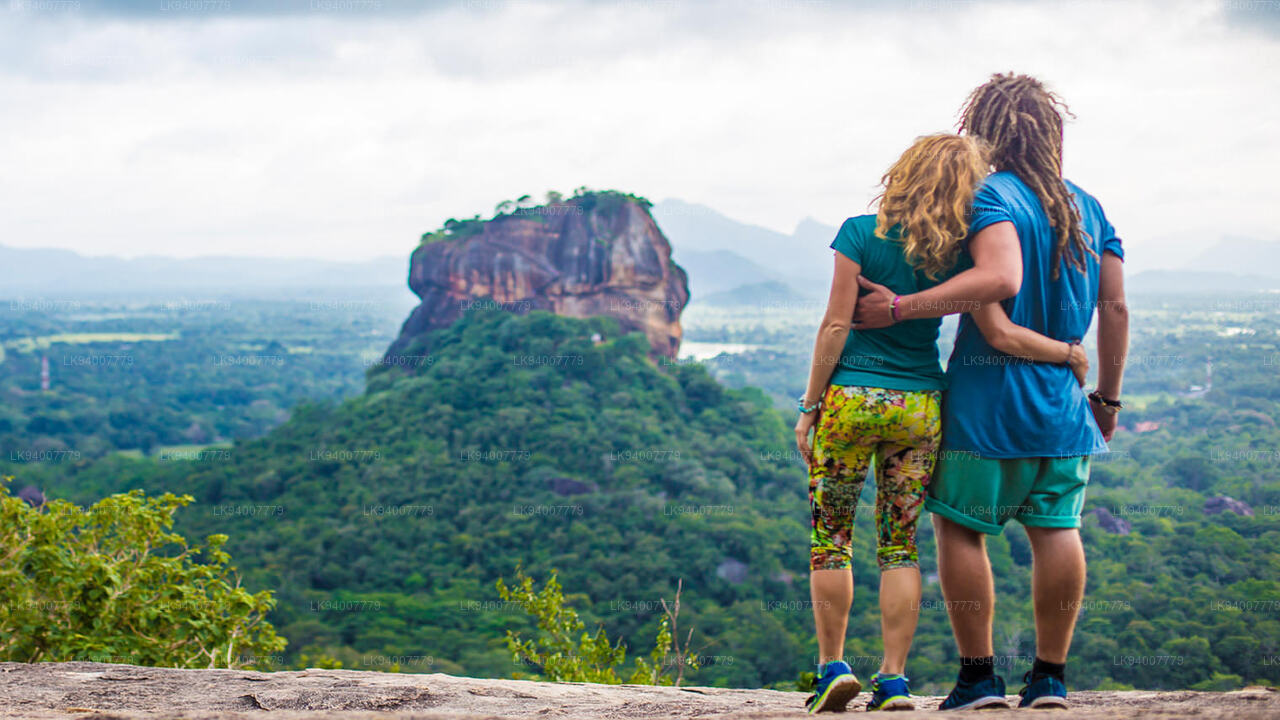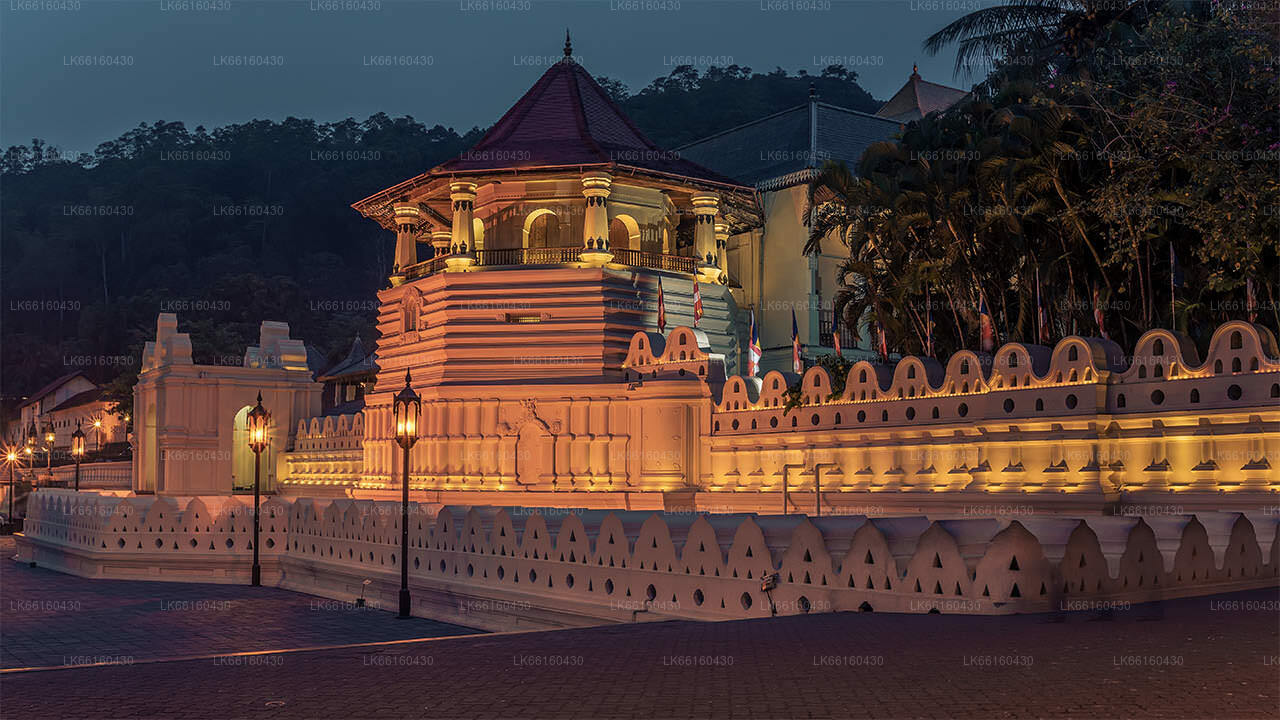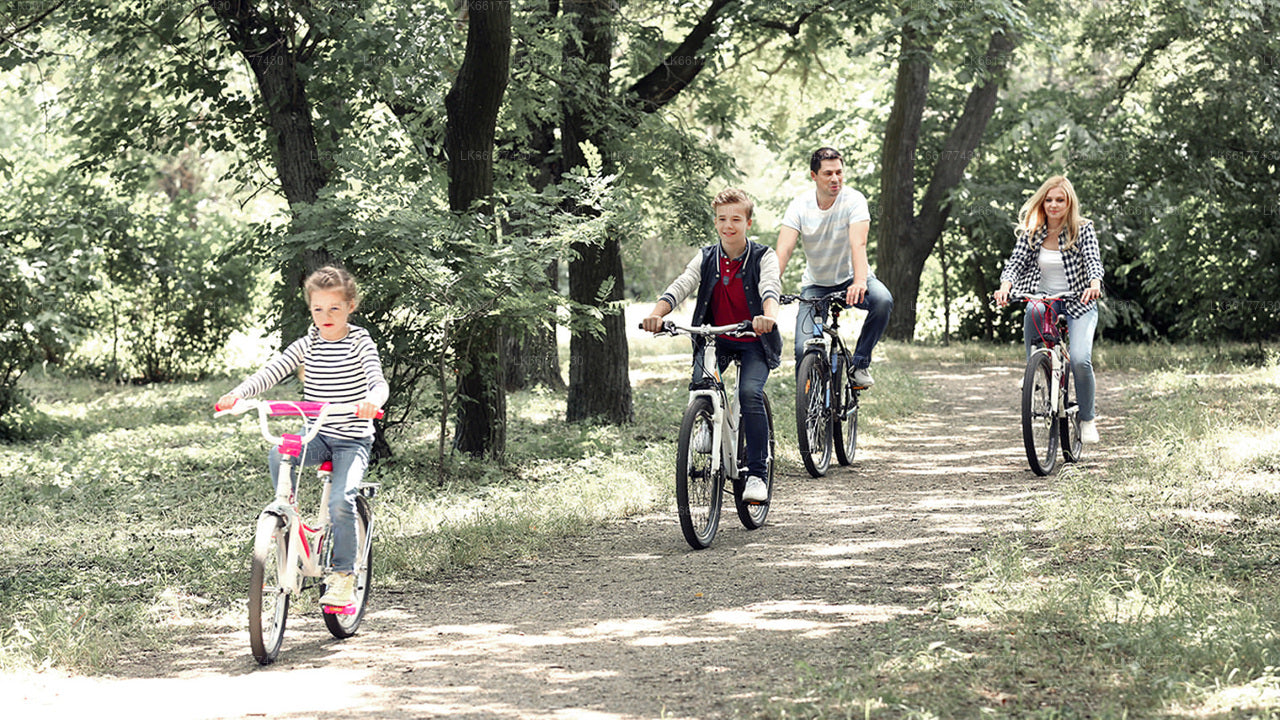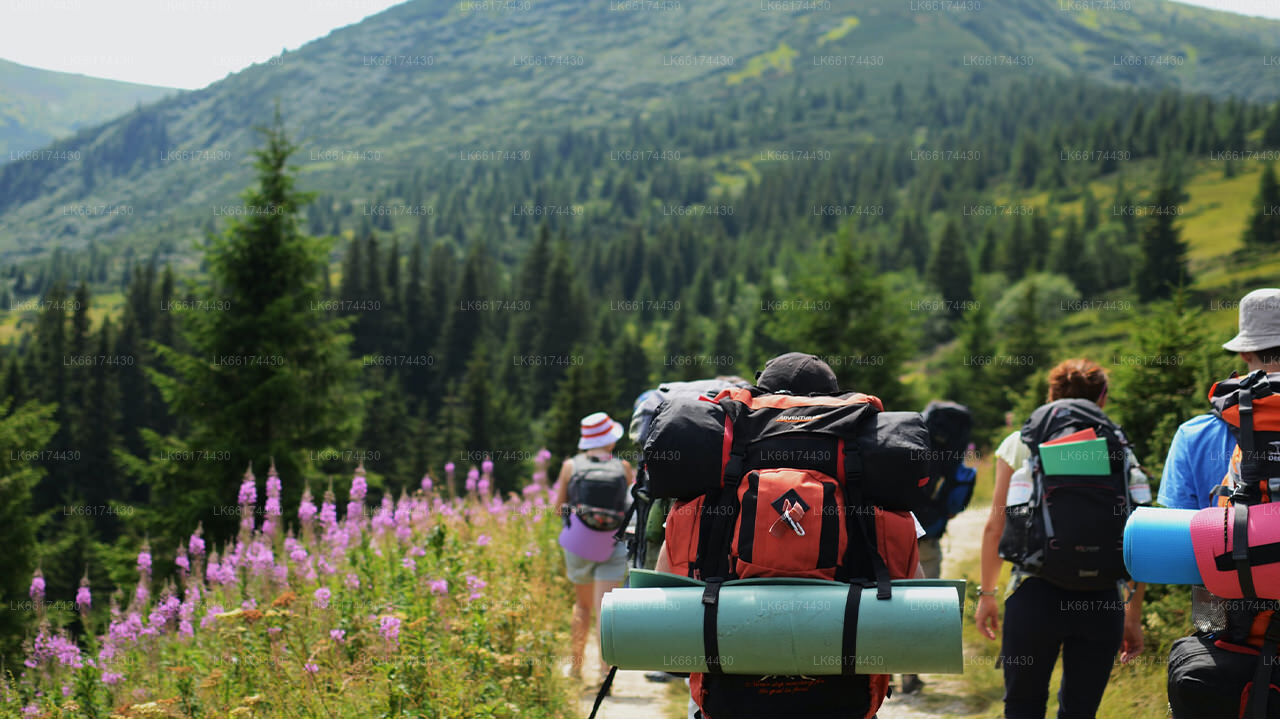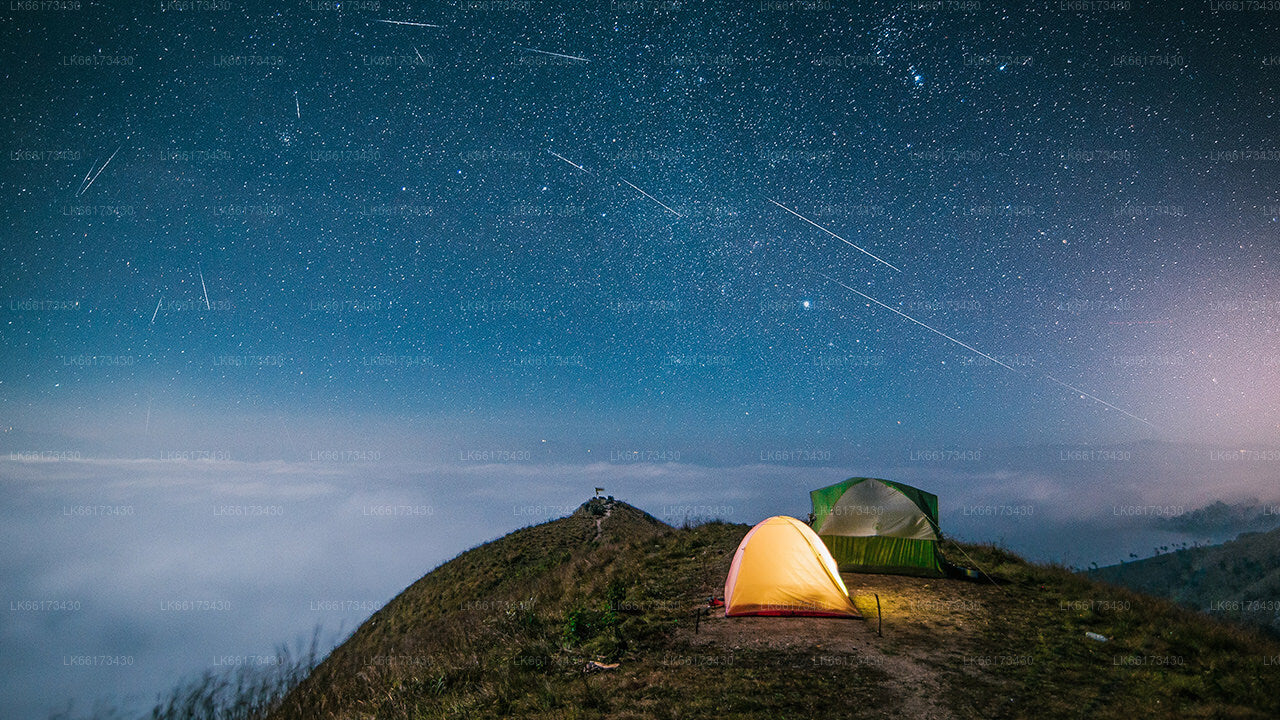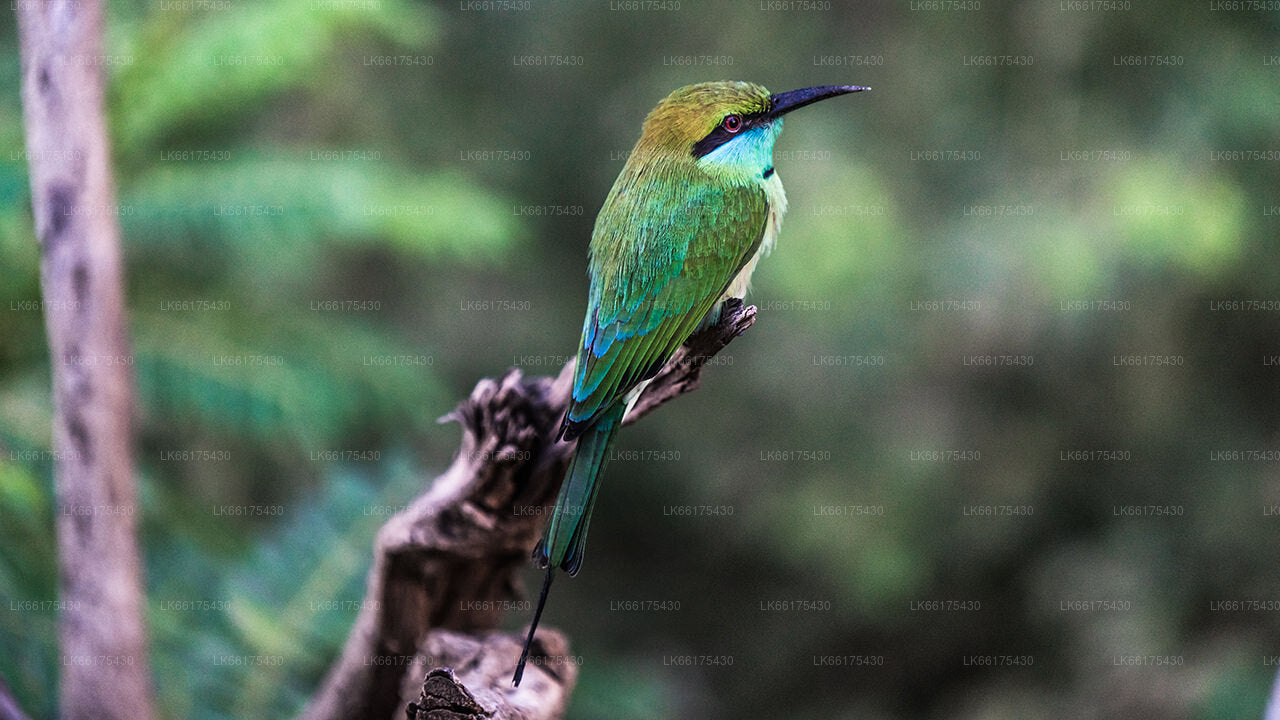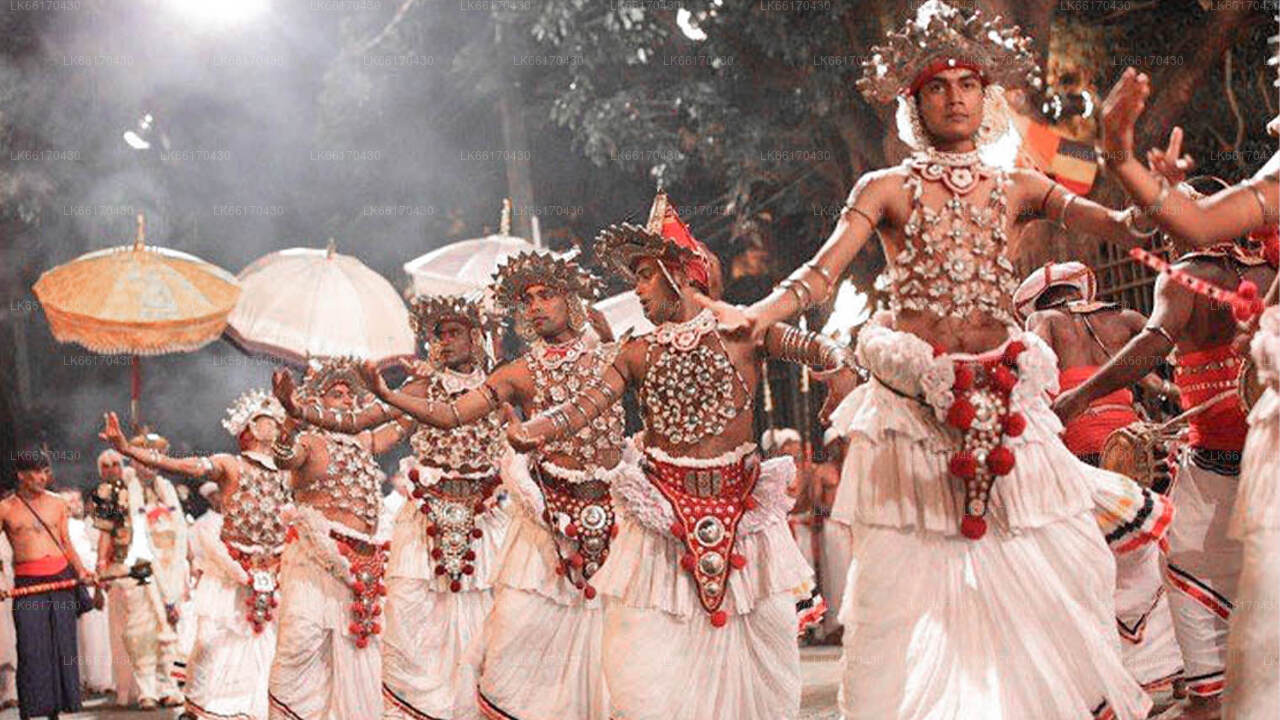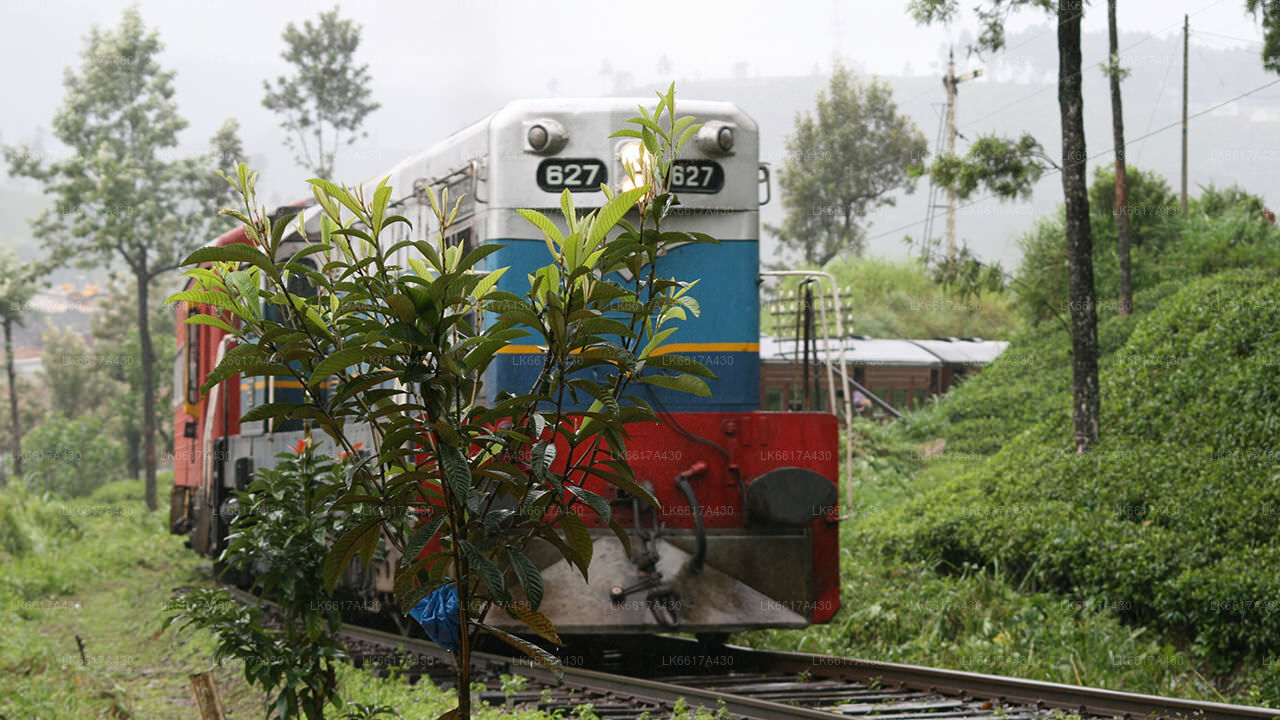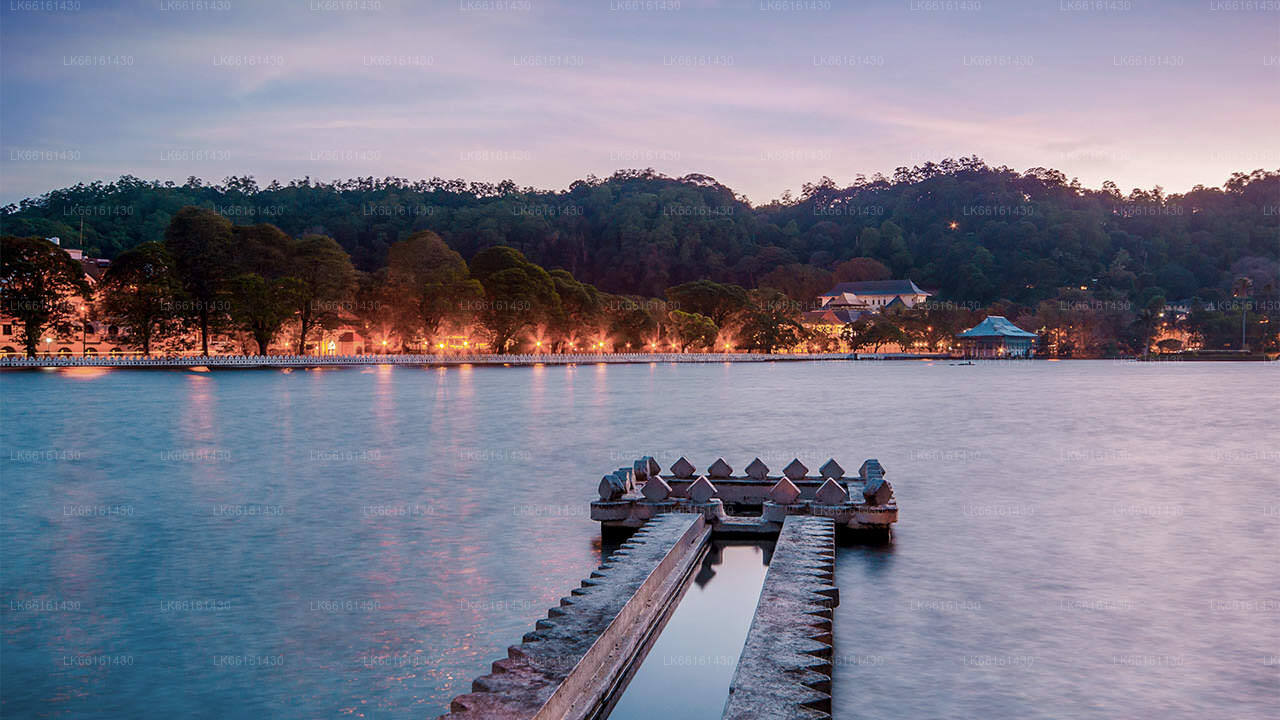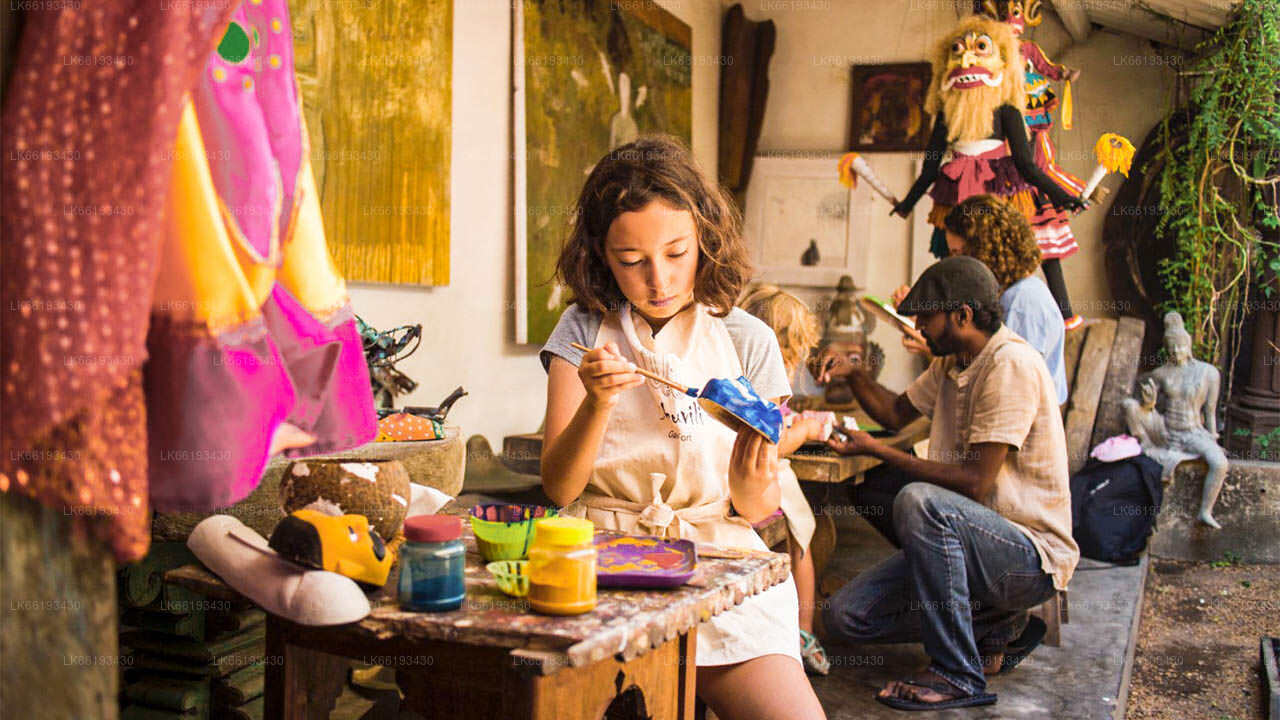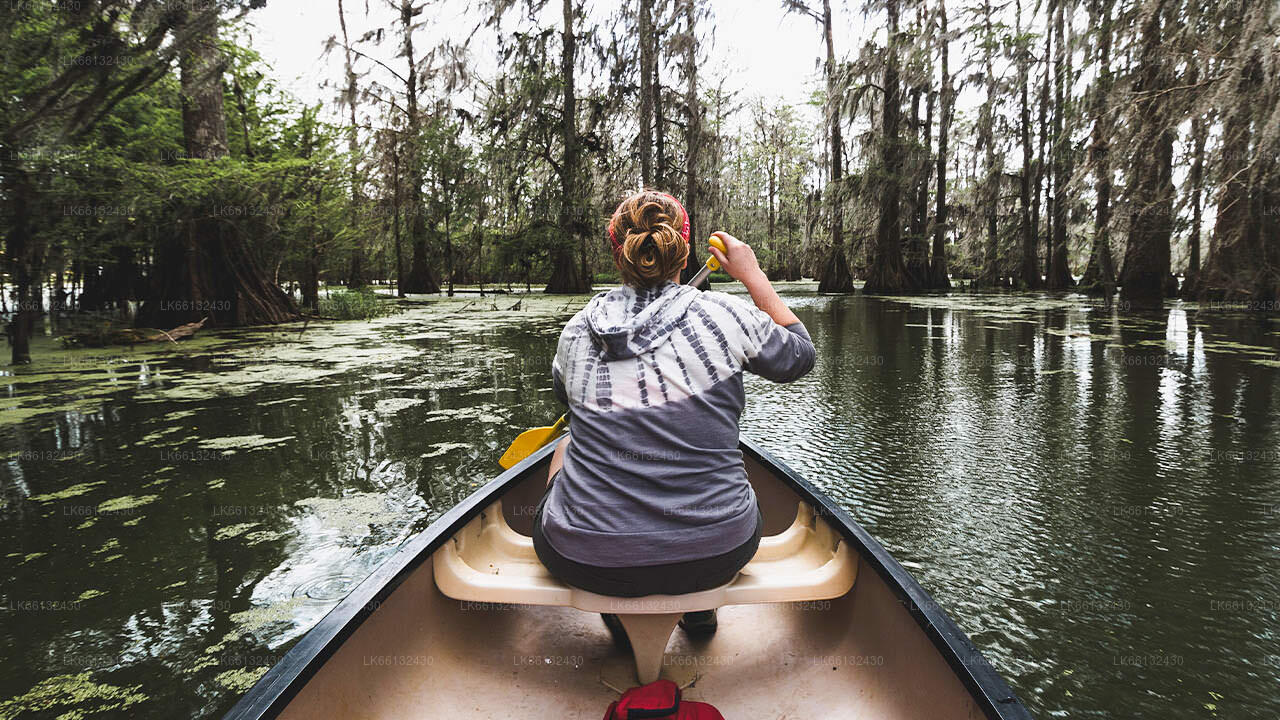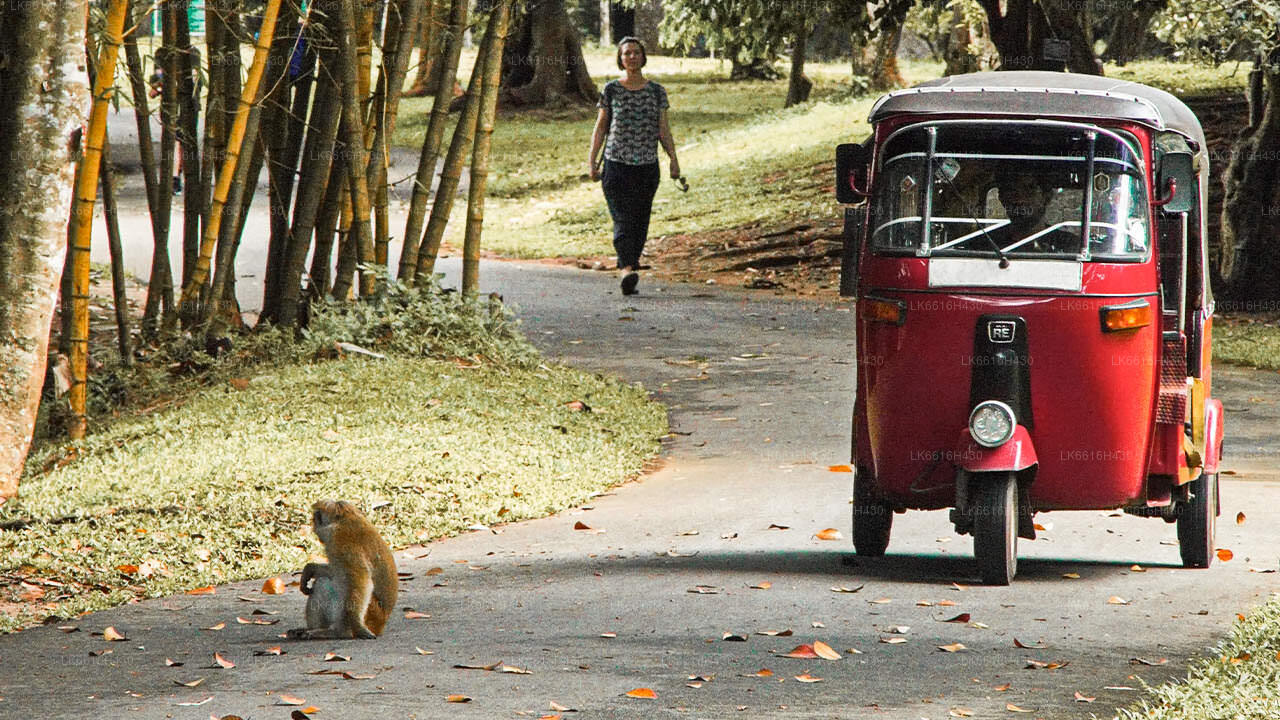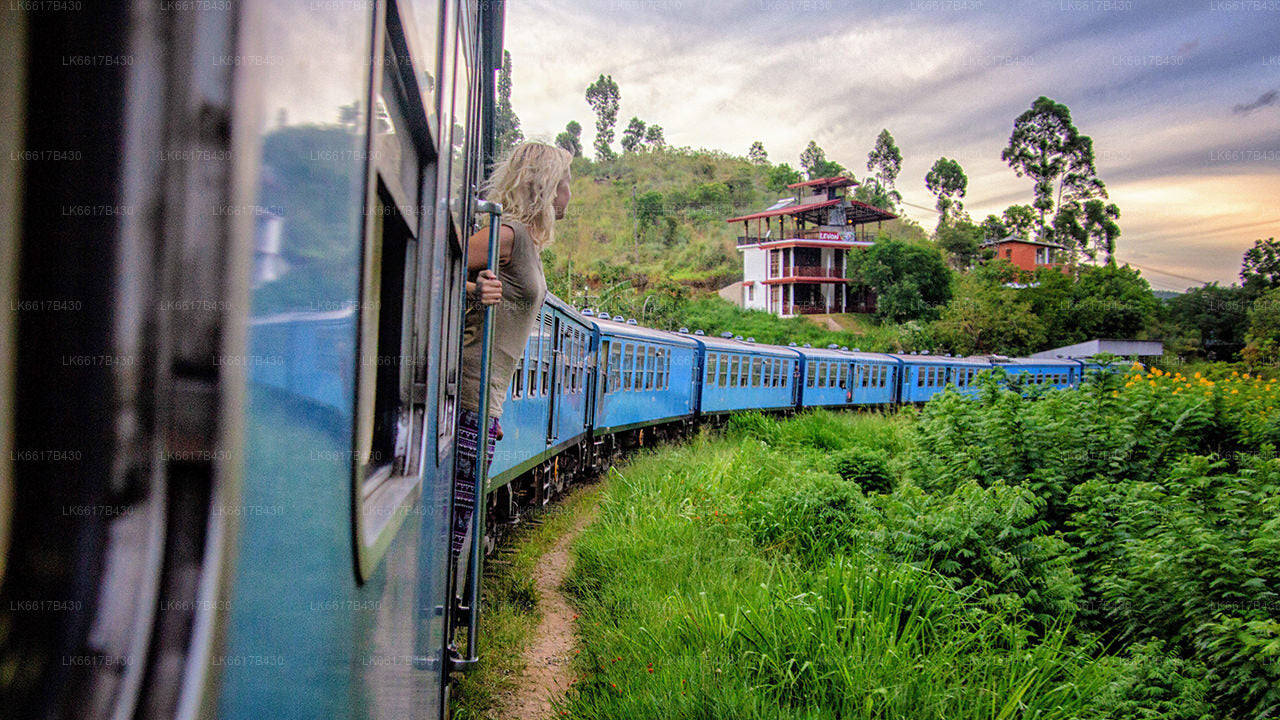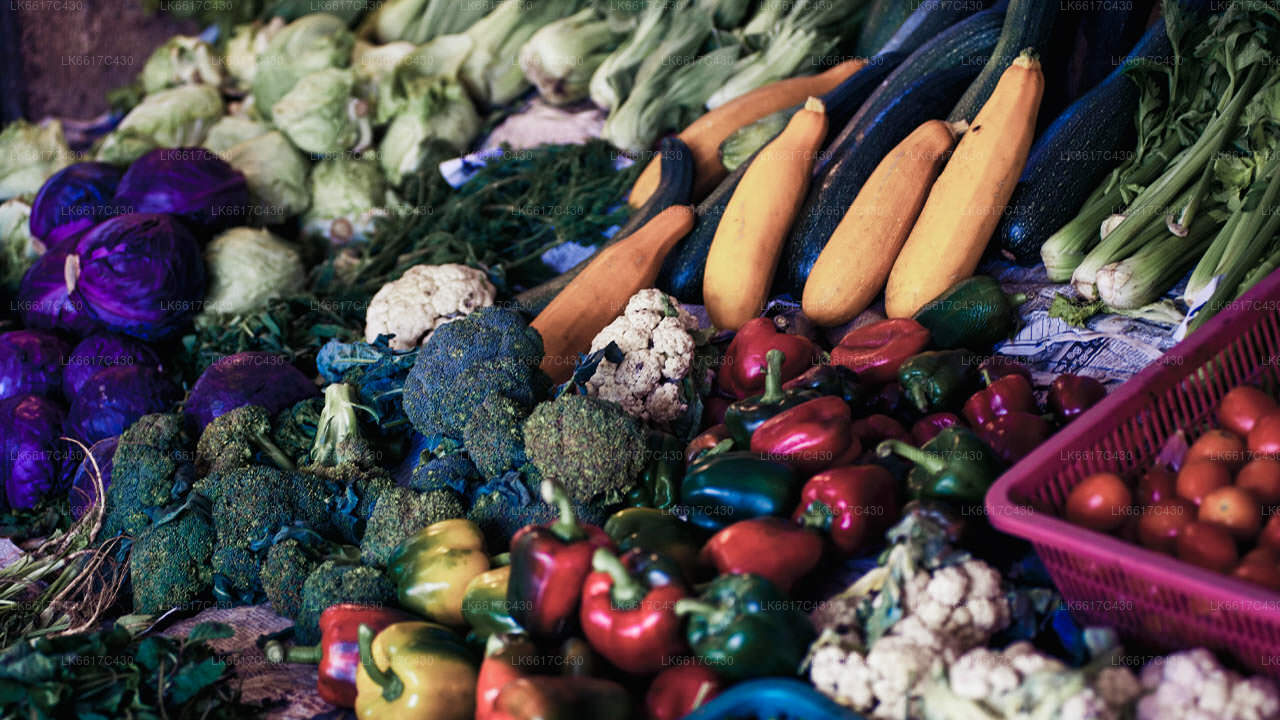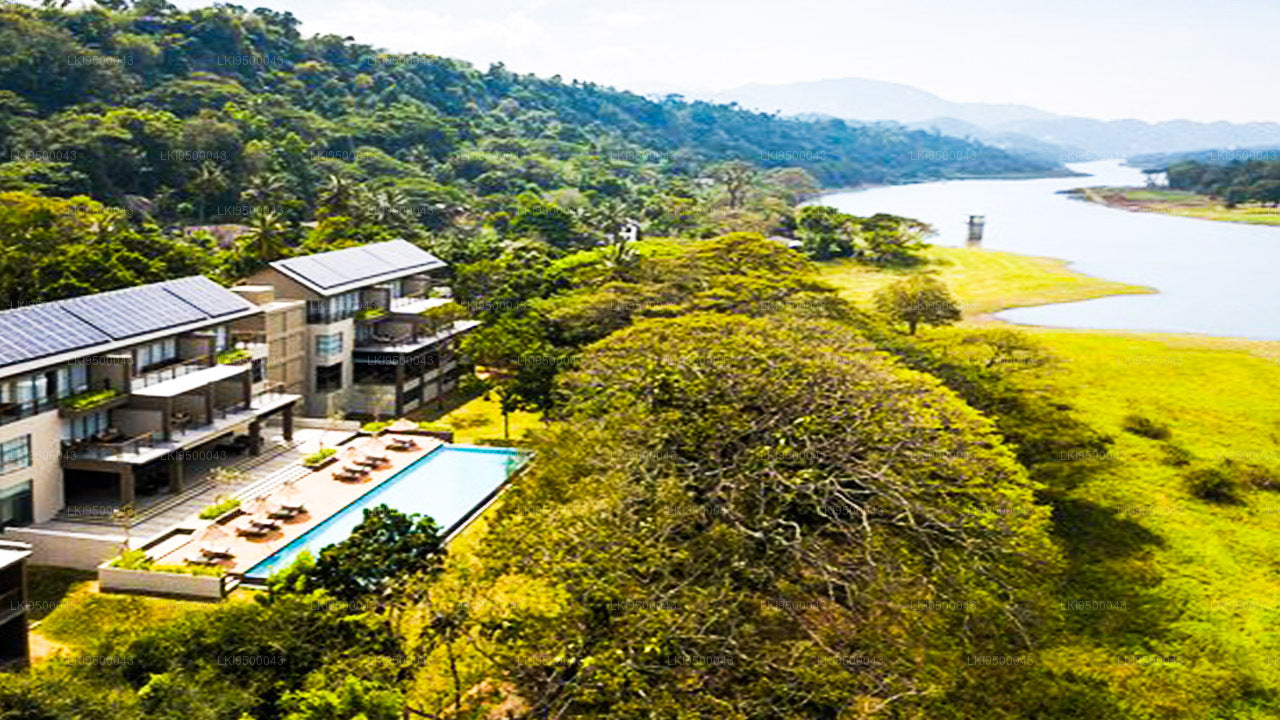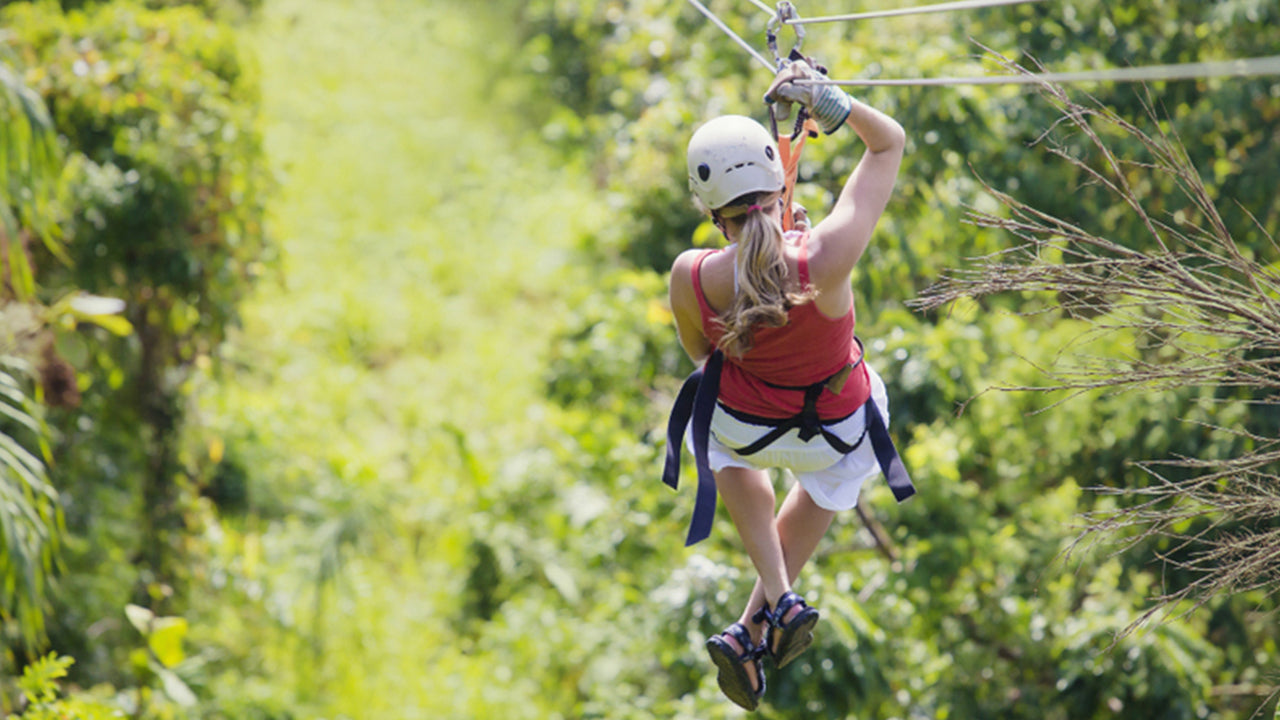
Kandy City
Kandy, a picturesque city in central Sri Lanka, is renowned for its rich cultural heritage, vibrant festivals, and scenic beauty. Nestled amidst lush hills, it is home to the Temple of the Tooth Relic, a UNESCO World Heritage Site, and offers a captivating blend of history and natural splendor.
Pilimathalawa Tea Factory
Nestled amidst the emerald hills of Sri Lanka's central highlands lies the enchanting town of Pilimathalawa, home to the renowned Pilimathalawa Tea Factory. This hidden gem offers visitors a captivating journey through the island's rich tea heritage, blending scenic beauty with the artistry of tea production.
Perched on the slopes overlooking the quaint town of Pilimathalawa, the tea factory is a haven for nature lovers and tea enthusiasts alike. Surrounded by verdant tea plantations and mist-covered hills, the factory enjoys a serene setting just a stone's throw away from the bustling city of Kandy. Its strategic location offers not only panoramic views of the picturesque landscape but also easy access to the region's top attractions.
While the Pilimathalawa Tea Factory does not offer overnight accommodation, travelers can find a plethora of charming options nearby. From cozy guesthouses nestled amidst tea estates to luxurious boutique hotels with stunning vistas, there's something to suit every taste and budget. Immerse yourself in the tranquil ambiance of the countryside, where the soothing sounds of nature lull you into a state of relaxation after a day of exploration.
Step inside the Pilimathalawa Tea Factory, and you'll be greeted by the rhythmic hum of machinery and the intoxicating aroma of freshly brewed tea. Guided tours take visitors on a sensory journey through the intricate process of tea production, from the plucking of tender leaves to the expert blending and packaging techniques. Engage your senses as you witness the craftsmanship that goes into every cup of Ceylon tea, and don't forget to sample a variety of exquisite blends in the factory's tasting room. Before you leave, browse through the quaint souvenir shop for unique gifts and premium teas to savor at home.
Beyond the confines of the tea factory, a world of adventure awaits. Explore the lush greenery of the nearby Knuckles Mountain Range, where winding trails lead to hidden waterfalls and panoramic viewpoints. Delve into the rich history of Kandy with a visit to the sacred Temple of the Tooth Relic, a UNESCO World Heritage Site steeped in legend and tradition. For a more leisurely experience, embark on a scenic train ride through the rolling hills of tea country, or satisfy your craving for adrenaline with a thrilling white-water rafting expedition on the Kelani River.
Whether you're a tea aficionado, a nature lover, or simply a curious traveler seeking new experiences, the Pilimathalawa Tea Factory promises an unforgettable journey through the heart of Sri Lanka's tea country. Soak in the beauty of your surroundings, indulge in the flavors of freshly brewed tea, and let the magic of this enchanting destination captivate your senses.
About Kandy District
Kandy district is situated in the centrel province of Sri Lanka. One of the seven World Heritage Sites in Sri Lanka, Kandy was once home to the Kandyan Kings of yore in the 16th-century and a fountainhead for all the music, arts, crafts and culture in the country. About 129 km away from Colombo, Kandy is ensconced amongst a hilly terrain and all eyes are drawn to the centre of the city, where the Kandy Lake forms a charming feature. Kandy retains great religious significance for Sri Lanka, because it is in this charming city that the Dalada Maligawa or "Temple of the Tooth" is located, within which the sacred tooth relic of Lord Buddha lies well guarded.
The Royal Botanical Garden, Peradeniya is situated about 5 km to the west of the city centre at Peradeniya and is visited by 1.2 million people per year. It is the largest botanical garden on the island. The Udawatta Kele (Udawatta Forest) is a protected sanctuary situated in the heart of the city, just north of Temple of the Tooth.
Kandy is a Sinhala majority city; there are sizeable communities belonging to other ethnic groups, such as Moors and Tamils. Kandy is second only to Colombo the center of the Sri Lankan Economy. Many major co operations have large branch officers in Kandy and many industries include textiles, furniture, Information Technology and jewellery are found here. Many agriculture research centers are located in the city.
And a fountainhead for all the music, arts, crafts and culture in the country. About 129 km away from Colombo, Kandy is ensconced amongst a hilly terrain and all eyes are drawn to the centre of the city, where the Kandy Lake forms a charming feature. Kandy retains great religious significance for Sri Lanka , because it is in this charming city that the Dalada Maligawa or Temple of the Toothis located, within which the sacred tooth relic of Lord Buddha lies well guarded.
About Central Provincce
The Central Province of Sri Lanka consists primarily of mountainous terrain. The province has an area of 5,674 km², and a population of 2,421,148. Some major towns include Kandy, Gampola (24,730), Nuwara Eliya and Bandarawela. The population is a mixture of Sinhalese, Tamil and the Moors.
Both the hill capital Kandy and the city of Nuwara Eliya are located within the Central Province as well as Sri Pada. The province produces much of the famous Ceylon tea, planted by the British in the 1860s after a devastating disease killed all the coffee plantations in the province. Central Province attracts many tourists, with hill station towns such as Kandy, Gampola, Hatton and Nuwara Eliya. Temple tooth or Dalada maligawa is the main sacred place in Centrel province.
The climate is cool, and many areas about 1500 meters often have chilly nights. The western slopes are very wet, some places having almost 7000 mm of rain per year. The eastern slopes are parts of the mid-dry zone as it is receiving rain only from North-Eastern monsoon. The Temperatures range from 24°C at Kandy to just 16°C in Nuwara Eliya, which is located 1,889 m above sea level. The highest mountains in Sri Lanka are located in the Central Province. The terrain is mostly mountainous, with deep valleys cutting into it. The two main mountain regions are the central massif and the Knuckles range to the east of Kandy.







